![物理和化学中的随机过程(第3版) [Stochastic Processes in Physics and Chemistry(Third edition)]](https://pic.windowsfront.com/10184613/35314018-bbf1-47d5-bbc4-c814c9717258.jpg)

具体描述
内容简介
Definition、Averages、Multivariate distributions、Addition of stochastic variables、Transformation of variables、The Gaussian distribution、The central limit theorem、Definition、The Poisson distribution、Alternative description of random events、The inverse formula、The correlation functions、Waiting times、Factorial correlation functions等等。内页插图
目录
PREFACE TO THE FIRST EDITIONPREFACE TO THE SECOND EDITION
ABBREVIATED REFERENCES
PREFACE TO THE THIRD EDITION
1. STOCHASTIC VARIABLES
1. Definition
2. Averages
3. Multivariate distributions
4. Addition of stochastic variables
5. Transformation of variables
6. The Gaussian distribution
7. The central limit theorem
Ⅱ. RANDOM EVENTS
1. Definition
2. The Poisson distribution
3. Alternative description of random events
4. The inverse formula
5. The correlation functions
6. Waiting times
7. Factorial correlation functions
Ⅲ. STOCHASTIC PROCESSES
1. Definition
2. Stochastic processes in physics
3. Fourier transformation of stationary processes.
4. The hierarchy of distribution functions
5. The vibrating string and random fields
6. Branching processes
Ⅳ. MARKOV PROCESSES
1. The Markov property
2. The Chapman-Kolmogorov equation
3. Stationary Markov processes
4. The extraction of a subensemble
5. Markov chains
6. The decay process
Ⅴ. THE MASTER EQUATION
1. Derivation
2. The class of W-matrices
3. The long-time limit
4. Closed, isolated, physical systems
5. The increase of entropy
6. Proof of detailed balance
7. Expansion in eigenfunctions
8. The macroscopic equation
9. The adjoint equation
10. Other equations related to the master equation
Ⅵ. ONE-STEP PROCESSES
1. Definition; the Poisson process
2. Random walk with continuous time
3. General properties of one-step processes
4. Examples of linear one-step processes
5. Natural boundaries
6. Solution of linear one-step processes with natural boundaries
7. Artificial boundaries
8. Artificial boundaries and normal modes
9. Nonlinear one-step processes
Ⅶ. CHEMICAL REACTIONS
1. Kinematics of chemical reactions
2. Dynamics of chemical reactions.
3. The stationary solution
4. Open systems
5. Unimolecular reactions
6. Collective systems
7. Composite Markov processes
Ⅷ. THE FOKKER-PLANCK EQUATION
1. Introduction
2. Derivation of the Fokker-Planck equation
3. Brownian motion
4. The Rayleigh particle
5. Application to one-step processes
6. The multivariate Fokker-Planck equation
7. Kramers equation
Ⅸ. THE LANGEVIN APPROACH
1. Langevin treatment of Brownian motion
2. Applications
3. Relation to Fokker-Planck equation
4. The Langevin approach
5. Discussion of the It6——Stratonovich dilemma
6. Non-Gaussian white noise
7. Colored noise
Ⅹ. THE EXPANSION OF THE MASTER EQUATION
1. Introduction to the expansion
2. General formulation of the expansion method,
3. The emergence of the macroscopic law
4. The linear noise approximation
5. Expansion of a multivariate master equation..
6. Higher orders
Ⅺ. THE DIFFUSION TYPE
1. Master equations of diffusion type
2. Diffusion in an external field
3. Diffusion in an inhomogeneous medium
4. Multivariate diffusion equation
5. The limit of zero fluctuations
Ⅻ. FIRST-PASSAGE PROBLEMS
1. The absorbing boundary approach
2. The approach through the adjoint equation-Discrete case
3. The approach through the adjoint equation-Continuous case
4. The renewal approach
5. Boundaries of the Smoluchowski equation
6. First passage of non-Markov processes
7. Markov processes with large jumps
ⅩⅢ. UNSTABLE SYSTEMS
1. The bistable system
2. The escape time
3. Splitting probability
4. Diffusion in more dimensions
5. Critical fluctuations
6. Kramers escape problem
7. Limit cycles and fluctuations.
ⅩⅣ. FLUCTUATIONS IN CONTINUOUS SYSTEMS
1. Introduction
2. Diffusion noise
3. The method of compounding moments
4. Fluctuations in phase space density
5. Fluctuations and the Boltzmann equation
ⅩⅤ. THE STATISTICS OF JUMP EVENTS
1. Basic formulae and a simple example
2. Jump events in nonlinear systems
3. Effect of incident photon statistics
4. Effect of incident photon statistics - continued.
ⅩⅥ. STOCHASTIC DIFFERENTIAL EQUATIONS
1. Definitions
2. Heuristic treatment of multiplicative equations.
3. The cumulant expansion introduced
4. The general cumulant expansion
5. Nonlinear stochastic differential equations
6. Long correlation times
ⅩⅦ. STOCHASTIC BEHAVIOR OF QUANTUM SYSTEMS
1. Quantum probability
2. The damped harmonic oscillator
3. The elimination of the bath
4. The elimination of the bath-continued
5. The Schrodinger-Langevin equation and the quantum master equation
6. A new approach to noise
7. Internal noise
SUBJECT INDEX
精彩书摘
A "random number" or "stochastic variable" is an object X defined bya. a set of possible values (called "range", "set of states", "sample space"or "phase space");
b. a probability distribution over this set.
Ad a. The set may be discrete, e.g.: heads or tails; the number of electronsin the conduction band of a semiconductor; the number of molecules of acertain component in a reacting mixture. Or the set may be continuous in agiven interval: one velocity component of a Brownian particle (interval-∞+∞); the kinetic energy of that particle (0,∞); the potential differencebetween the end points of an electrical resistance (-∞, +∞). Finally the setmay be partly discrete, partly continuous, e.g., the energy of an electron inthe presence of binding centers. Moreover the set of states may be multidimen-sional; in this case X is often conveniently written as a vector X. Examples:X may stand for the three velocity components of a Brownian particle; orfor the collection of all numbers of molecules of the various components ina reacting mixture; or the numbers of electrons trapped in the various speciesof impurities in a semiconductor.
For simplicity we shall often use the notation for discrete states or for acontinuous one-dimensional range and leave it to the reader to adapt thenotation to other cases.
前言/序言
The interest in fluctuations and in the stochastic methods for describing themhas grown enormously in the last few decades.The number of articles scatteredin the literature of various disciplines must run to thousands,and special journalsare devoted to the subject.Yet the physicist or chemist who wants to becomeacquainted with the field cannot easily find a suitable introduction.He reads theseminal articles of Wang and Uhlenbeck and Of Chandrasekhar.which are almostforty years old,and he culls some useful information from the books ofFeller,Bharucha.Reid.Stratonovich,and a few others.Apart from that he is confrontedwith a forbidding mass of mathematical literature.much of which is of littlerelevance to his needs.Tllis book is an attempt to fill this gap in the literature.The first part covets the main points of the classical material.Its aim is to provide physicists and chemists with a coherent and sufficiently complete frame-work,in a language that is familiar to them.A thorough intuitive understandingofthe material is held to be a more important tool for research than mathemat-ical rigor and generality.A physical system at best only approximately flulfillsthe mathematical conditions on which rigorous proofs are built,and a physicistshould be constantly aware of the approximate nature of his calculations.(Forinstance.Kolmogorovs derivation of the Fokke卜.Planck equation does not tellhim for which actual systems this equation may be used.)Nor is he interestedin the most generai formulations,but a thorough insight in special cases willenablehimto extendthetheorytoother caseswhentheneed arises.Accordinglythe theory is here developed in close connection with numerous applications andexamples.
The second part,starting with chapter IX『now chapter Xl,is concerned wimfluctuations in nonlinear systems.This subject involves a number of conceptualdimculties.first pointed out bv D.K.C.MacDonald.They are of a Physical ratherthan a mathematical nature.Much confusion is caused by the still prevailing viewthat nonlinear fluctuations can be approached from the same physical starting point as linear ones and merely require more elaborate mathematics.In actuaifact.what is needed is a firmer physical basis and a more detailed knowledge ofthe physical system than required for the study oflinear noise.This is the subject of the second part,which has more the character of a monograph and inevitablycontains much of my own work.
用户评价
说实话,我一开始对这本书的期望并不高,毕竟“随机过程”这个题目听起来就有些艰深,而且它还兼顾了物理和化学两个领域,我担心会写得过于晦涩或者浅尝辄止。然而,这本书彻底改变了我的看法。作者的写作风格非常亲切,就像一位经验丰富的导师在循循善诱。他没有一开始就抛出大量的数学公式,而是先从一些简单的例子入手,比如硬币抛掷、骰子滚动,引导读者逐步建立起概率和随机性的基本概念。然后,他才慢慢引入更复杂的随机过程,比如伯努利过程、马尔可夫链等,并且每引入一个新的概念,都会给出清晰的定义和生动的解释。我尤其喜欢书中对随机游走模型的一系列讨论,它不仅在物理学中用于描述粒子的运动,在化学中也用于模拟反应物的扩散,这种跨领域的联系让我觉得非常有启发性。而且,作者还花了相当多的篇幅来介绍数值模拟的方法,这对于想要将理论知识应用于实际问题的人来说,是非常宝贵的。通过书中的介绍,我学会了如何使用简单的编程语言来模拟一些随机过程,这让我对理论有了更直观的理解。这本书让我觉得,学习随机过程不再是一件可怕的事情,而是一段充满发现和乐趣的旅程。
评分这本书绝对是学习随机过程的宝库!我当初选择它,正是因为它涵盖了物理和化学两大领域的应用,这对我来说是一个非常重要的考量。我一直觉得,学习理论知识,如果不能看到它在实际问题中的强大威力,总觉得有些隔靴搔痒。而这本书恰恰满足了这一点。它不是那种只顾理论推导、让你感觉像是溺死在数学海洋里的书。相反,作者非常巧妙地将抽象的随机过程概念,与诸如布朗运动、扩散过程、粒子数统计、化学反应动力学等具体物理化学现象紧密结合。读这本书,我总能感觉到自己正在一步步理解那些看似纷繁复杂的自然现象背后的规律。举个例子,当我第一次看到作者如何用随机行走模型来描述粒子的随机运动时,我仿佛打通了任督二脉。那种从微观的随机步态到宏观扩散规律的联系,真的令人拍案叫绝。而且,书中还涉及了一些更高级的主题,比如马尔可夫链和泊松过程,这些在很多现代物理和化学模型中都扮演着核心角色。我尤其喜欢作者在解释这些概念时,总会穿插一些精心挑选的例子,让抽象的数学工具变得生动起来。即使我对某些数学证明细节不甚了了,也能通过这些例子把握住核心思想。这本书让我深刻体会到,随机过程不仅仅是数学的一个分支,更是一种理解和描述现实世界复杂性的强大语言。
评分读完这本书,我最大的感受就是它为我打开了一个全新的视角去审视我所在的领域。在我的研究中,很多现象都表现出固有的随机性,而以前我往往只能凭经验去猜测和拟合,缺乏一个扎实的理论框架。这本书就像一盏明灯,指引我如何用数学的语言来量化和理解这种随机性。我特别欣赏作者在逻辑构建上的清晰和严谨。从最基础的概率论概念开始,逐步深入到随机变量、概率分布,然后是更复杂的随机过程,每一步都铺垫得非常扎实,让人感觉学习过程非常顺畅。书中对马尔可夫过程的深入探讨,对我理解许多动力学系统的演化起到了决定性的作用。我记得在学习到关于随机微分方程的部分时,作者通过生动的类比和图示,将那些复杂的积分方程变得易于理解。这种处理方式对于非数学背景的研究者来说,简直是福音。我之前一直觉得随机过程离我太遥远,是纯数学家的游戏,但这本书让我意识到,它其实是我们理解和建模许多自然现象的基石。例如,在材料科学中,晶体生长、缺陷扩散等等,都可以用随机过程来描述。这本书不仅提供了理论工具,更重要的是培养了一种用随机思维去分析问题的能力,这对我后续的研究启发很大。
评分这本书给我最深刻的印象,莫过于它在理论深度和实际应用之间取得的完美平衡。我是一个对理论推导有一定要求的人,但同时也非常看重知识的实用性,这本书正好满足了我这两个看似矛盾的需求。作者在处理每一个概念时,都会给出严谨的数学推导,但绝不会因此而牺牲掉直观的理解。他擅长利用清晰的图表和类比来解释抽象的数学概念,让我即使在遇到复杂的概率分布或随机过程模型时,也能抓住其本质。比如,在讲解泊松过程时,作者不仅仅给出了数学公式,还通过模拟日常生活中随机事件发生的例子,让我一下子就明白了泊松过程的适用场景和意义。更让我惊喜的是,书中列举了大量物理和化学领域的真实案例,从量子光学中的光子探测,到化学反应网络中的分子随机运动,再到统计力学中的相变过程,这些都让我看到了随机过程理论的强大生命力。我尤其喜欢书中关于金融建模中的应用章节,虽然我的专业领域不是金融,但从中我看到了随机过程在跨学科领域的广泛适用性,这极大地拓展了我的思维边界。这本书让我认识到,随机过程不再是枯燥的数学游戏,而是解决现实世界复杂问题的强大工具。
评分这本书绝对是我近几年读过的最令人印象深刻的学术著作之一。它成功地将一个可能显得非常抽象和高深的数学分支,与物理和化学这两个充满活力的学科紧密地联系起来。我之前一直认为,要深入理解随机过程,必须拥有扎实的数学功底,并且需要大量的时间去钻研。但是,这本书的出现,让我意识到,通过恰当的引导和丰富的实例,即使是对于那些可能在数学方面稍显薄弱的读者,也能逐步掌握随机过程的核心思想。我非常欣赏作者在选择案例时的独到眼光,他既选择了那些经典且基础的物理化学现象,比如布朗运动和化学反应速率理论,同时也涉及了一些前沿的研究方向,比如生物物理学中的分子马达运动。这种广度和深度兼具的案例选择,极大地丰富了我的知识面,也让我看到了随机过程在现代科学研究中的无限可能性。书中的讨论不仅仅局限于理论推导,更重要的是,它教会了我如何将随机过程的理论工具应用于实际问题的建模和分析。我能够感受到,作者在编写这本书时,是站在读者的角度,努力让每一个概念都易于理解,并且充满启发性。这本书为我打开了一扇通往理解复杂系统的新大门。
评分质量不错
评分质量不错
评分很好的方程思想,值得大家学习
评分从最基本的随机的一些概念和定理,到广阔的物理化学中的应用,内容很丰富,值得备一套
评分很好的方程思想,值得大家学习
评分不错 书质量不错
评分很好的方程思想,值得大家学习
评分很好的方程思想,值得大家学习
评分从最基本的随机的一些概念和定理,到广阔的物理化学中的应用,内容很丰富,值得备一套
相关图书
本站所有内容均为互联网搜索引擎提供的公开搜索信息,本站不存储任何数据与内容,任何内容与数据均与本站无关,如有需要请联系相关搜索引擎包括但不限于百度,google,bing,sogou 等
© 2025 book.coffeedeals.club All Rights Reserved. 静流书站 版权所有

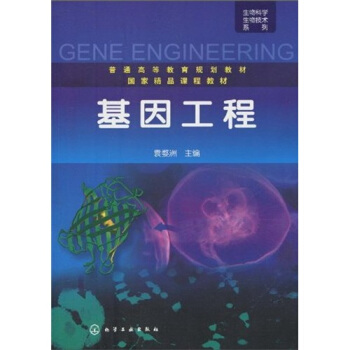
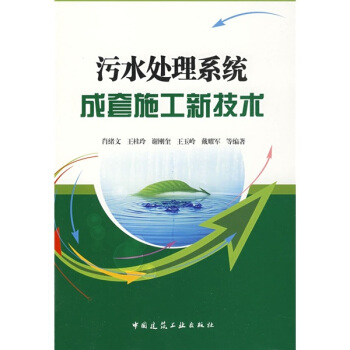

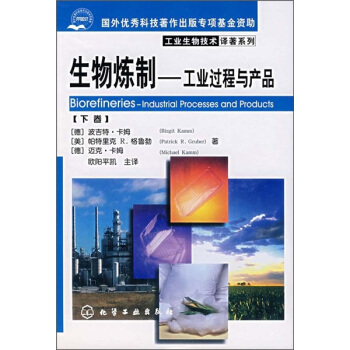
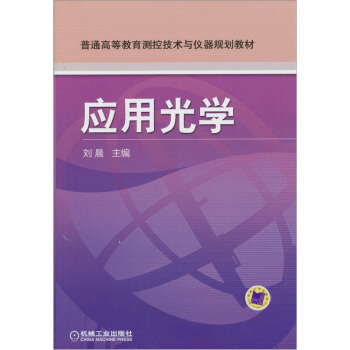

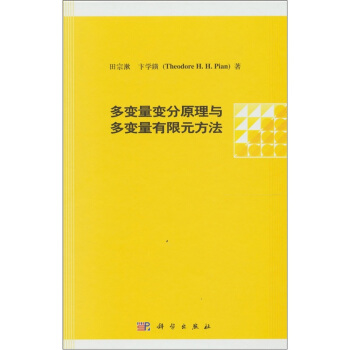


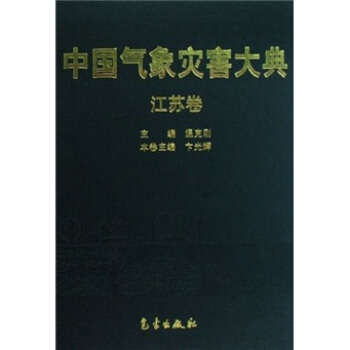

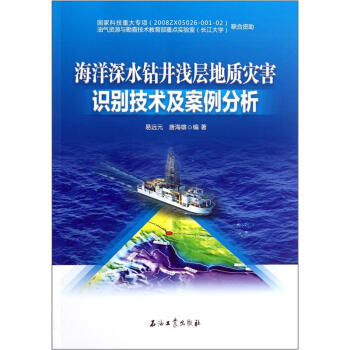

![Springer手册精选系列·晶体生长手册(第2册):熔体法晶体生长技术(影印版) [SpringerHandbook Grystal Growth] pdf epub mobi 电子书 下载](https://pic.windowsfront.com/11179561/rBEQWVE0c8cIAAAAAAcV0GTHRXgAABcEgFMNvkABxXo213.jpg)
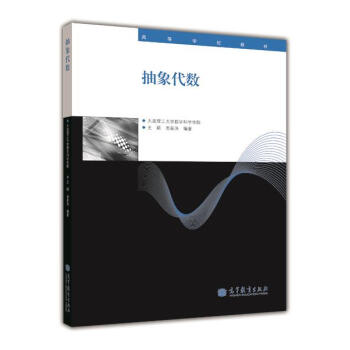
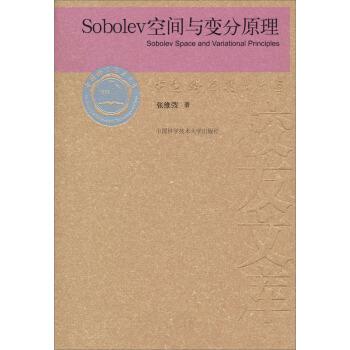


![基于GNSS的电离层层析算法及其应用 [GNSS-Based Ionospheric Tomotraphic Algorithms and Applications] pdf epub mobi 电子书 下载](https://pic.windowsfront.com/11419059/rBEhVVMqXrkIAAAAAALI_ulYQ8AAAKhZAIIq_EAAskW860.jpg)
